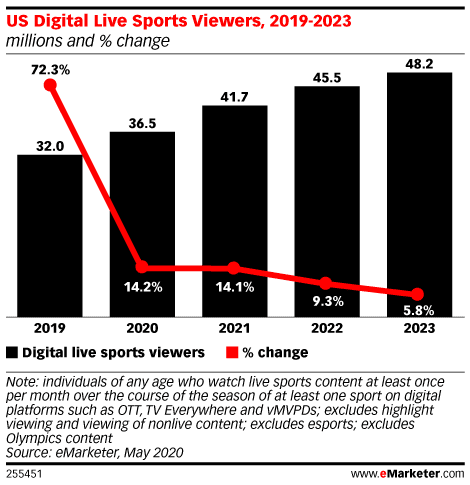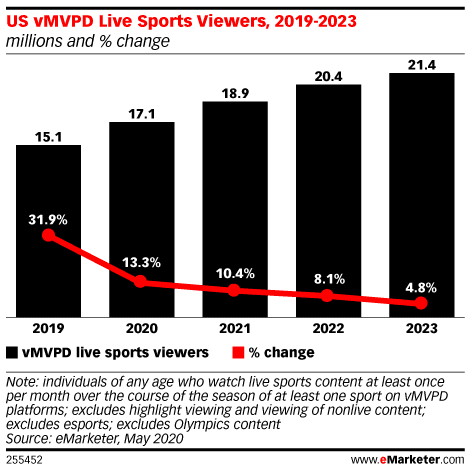3 Fresh Views On The Future Of Video
CMMA BlogHave you ever heard the expression “ebb and flow”? It describes something that changes on a regular basis – a pattern of change that over-the-top (OTT) streaming businesses are all too familiar with.
As the world of streaming video grows at a mind-blowing pace, media companies are continually having to adjust course to stay on top of what their audiences want to see and how they want to see it – everything from which device viewers stream on the most to how they pay for the service, how often, and of course, how much.
One of the most important things these businesses need is a strategy for anticipating change, connecting with and bringing in new audiences, and staying on top of the booming market.
During Brightcove’s Over-The-Top-View Video Strategy Summit , we invited some of the media world’s top experts to give us their perspective on what streaming businesses should be thinking about right now if they want to face the market head-on. Here are three things we learned:
A la carte or bundled up?
More and more viewers are breaking ties with traditional pay-tv for more control over what they watch and when, but how much control will we really see in the near future? If you’re a viewer who just loves CBS’s NCIS series, will you be able to pay for only that? Will control extend to individual pieces of content selected a la carte, or will our choices have to fit into broader bundles?
Interpret’s Brett Sappington says it “depends on who’s doing the bundling.” There could be an advantage to bundling specific content and channels or services if there’s a demand for that particular bundle. For example, we might start seeing different services like Discovery+ paired with ESPN+ in the future, but only if they benefit from each other’s audience.
How to avoid the digital freeloader.
We all love free stuff, but what’s free for the customer can be very costly for the business – especially for a streaming business. Adding a free trial to your service that lets viewers explore your content seems like a no-brainer right? That’s not exactly what the experts are saying.
CakeWork’s Rebecca Paoletti says you have to make sure you’re not giving up too much. “We encourage seven days free or less. If you really have a good service and have many people talking about your offering, it should really be just a one-click buy.”
Audiences are driven by good content, but if they’re given free access to that content, you’re not only losing revenue, you’re devaluing your service. WATCHiT’s Moustapha Bekheet notes that it’s important to remember that your content generates cash flow for your business and not to give it up so freely. “We don’t have any free trials, but sometimes we offer an episode for free of a premium series, a generous snippet to get the audience interested in the content and make them want more.”
FAST doesn’t just mean speed.
Are you familiar with FAST? We’re not talking about NASCAR or Usain Bolt – FAST as in free ad-supported TV. It’s what today’s streamers want and what content creators are jumping into in order to grow their audiences.
FAST services such as Pluto TV, Xumo, and Roku Channel are popping up everywhere. At their core, these services provide free content to consumers who don’t mind the ads. But they also provide a way for creators and media brands alike to increase the number of eyes on their content. It’s sort of a win-win scenario.
However, just pushing content to a FAST channel isn’t enough. Revry’s Alia Daniels says you need a strategy in place if you want to take advantage of this new trend. She recommends that businesses “push the best, most well-known names, and content topics that the partner or channel would actually want to promote.” Once you have your viewers’ attention, they’ll be more likely to explore your own channel outside of the free one and consider signing up for more.


